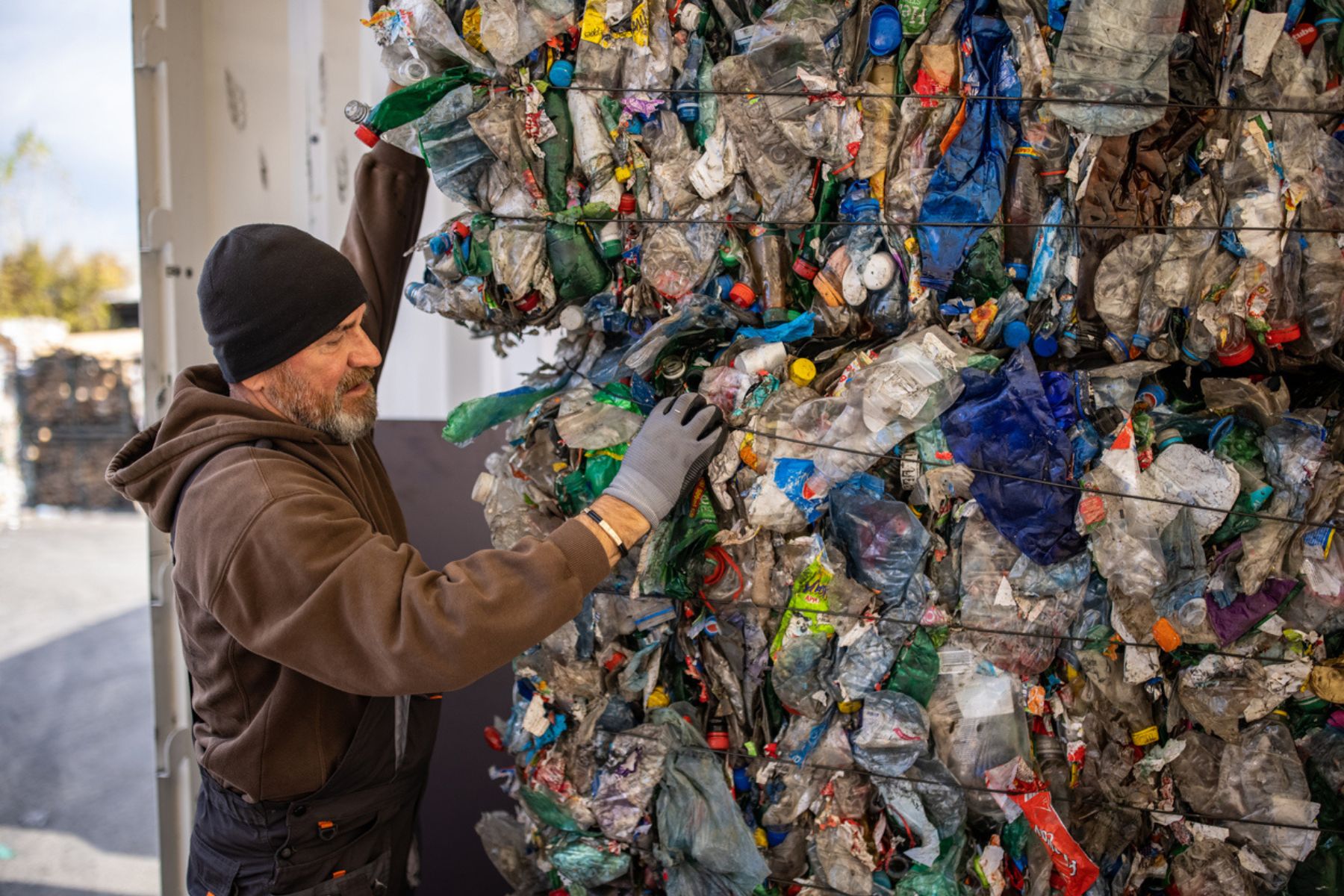What we know and don’t know about emissions from plastics in Canada.
Monday, June 5th marked the fiftieth anniversary of World Environment Day. This year, to celebrate a half century of the global awareness campaign, the United Nations is focussing on tackling plastic pollution. When we think of plastic pollution, we often think of waste littering our oceans or toxic chemicals and microplastics damaging our health. However, the carbon pollution of plastics is often overlooked.
Throughout their lifecycle, plastics have a significant carbon footprint—from the extraction of feedstocks all the way to their waste (mis)management. Yet understanding, and reducing, the lifecycle emissions of plastics in Canada is complicated. In this week’s Insight, we break down what we know, and don’t know, about the carbon footprint of plastics in Canada.
From cradle to grave: determining the lifecycle emissions from plastics
Plastics have become an ubiquitous part of our daily lives, largely because they are durable, versatile, lightweight, and cheap. They provide packaging that reduces food waste, they make up component parts of myriad innovative technologies and consumer products, they’re used to build cars, buses and trains, among countless other applications.
At the same time, plastics are a growing source of carbon emissions. Emissions are emitted at every stage of the plastics lifecycle—from the extraction and transportation of the fossil fuels used as feedstocks, to the production of the plastics themselves, to the management of plastic waste, and finally to the ongoing emissions impacts of plastics as they degrade in the environment.
The OECD estimates that the lifecycle emissions of plastics accounted for 3.4 per cent of global carbon emissions in 2019. Almost 90 per cent of global plastic emissions occur during the conversion process from fossil fuels and the production of plastics themselves, whereas the remaining 10 per cent occur at end-of-life. The OECD projects that, absent ambitious policy action, emissions could more than double by 2060 as plastic consumption grows, including in Canada.
While research in other countries, including the US, has tried to pinpoint the lifecycle emissions from plastics, Canada’s data is piecemeal, making it difficult to understand the full extent of the plastic industry’s contribution to national emissions.
What we know about emissions from plastics
The short answer: not enough. We have very limited publicly-available data about the lifecycle emissions of plastics in Canada. The best available data is for direct emissions from plastic product production, which are, on their own, very small.
In 2020, plastic product manufacturing in Canada was responsible for 703kt CO2e—or only 0.1 per cent of Canada’s total emissions in that year, a figure that has remained relatively stable over the last decade (Figure 1). If we only looked at the emissions from plastic production in Canada, we’d think emissions from the sector were negligible.
What we don’t know
Critically, the data we have captures only a slice of the total lifecycle of plastics. This “plastic production” category only includes the manufacturing (also known as conversion) of intermediate and final products from new or recycled plastic resins—products like plastic packaging, bottles, and pipes. This figure does not include emissions from the manufacturing of chemicals and resins that are then used in plastic production. According to a 2019 study on the global carbon footprint of plastics, the conversion stage generated approximately 30 per cent of total lifecycle emissions whereas the resin production stage generated 61 per cent.
Another major source of carbon emissions is the extraction and transportation of the fossil fuels feedstocks themselves. We know virgin resin accounts for the vast majority of resins used by plastic producers in Canada, and that the virgin plastic production is dependent primarily on oil or natural gas as feedstocks. The emissions from extracting and transporting natural gas and oil for plastics production is difficult to capture, but an important component of the industry’s emissions.
Finally, the emissions from feedstock extraction and transportation, as well as plastic production, could be significantly reduced if plastics were reused or recycled. Unfortunately, very little plastic is recycled in Canada. In 2019, only six per cent of plastic waste was recycled, 82 per cent was landfilled, seven per cent was mismanaged or uncollected litter, and four per cent was incinerated. While the recycling process itself uses energy and generates emissions, it reduces the need for new virgin feedstocks and keeps plastic waste out of landfills and incinerators, which are both sources of harmful emissions.
What to do about plastics emissions?
There are a number of approaches that governments in Canada can take (and are taking) to reduce the lifecycle emissions of plastics. Examples include banning single-use plastics, creating economic incentives to recycle, improving recycled content standards and labeling, investing in innovative, circular plastic technologies, using renewable energy for production processes,, and implementing extended producer responsibility programs. Beyond actions at home, Canada is also engaging in international efforts, including driving forward the development of a global treaty on plastic pollution.
Ultimately, however, what gets measured gets managed. More data, transparency, and accountability is needed to understand, and reduce, the lifecycle emissions of plastics in Canada. Reporting emissions data through the proposed federal plastics registry—for which draft regulations are due by the end of 2023—could be one way to improve what we know about plastic emissions in Canada.
Anna Kanduth was the Director of 440 Megatonnes at the Canadian Climate Institute.
